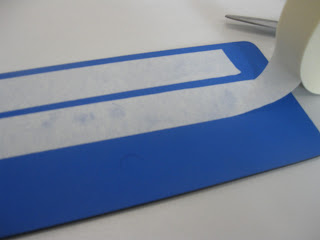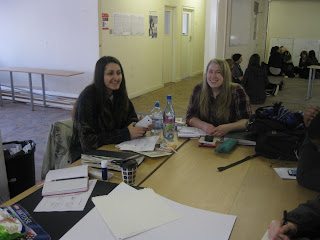This lecture was about developing patterns and losing the 15/20% of cutting waste of the fashion industry as this waste goes into landfill sites. Designers are looking at ways to reuse the waste, creating new garments or using the scraps as a form of embellishment.
Designers are now looking at the historical patterns/styles where they would wrap the fabric round the body using a geometric shape. By using geometric block patterns this reduces seams and the amount of sewing causing the fabric to drape on the body.
These are a few designers who are using this technique.
Holly McQuillan. She uses several patterns drawn into a piece of fabric.
Julia Lumsden. A student of Holly McQuillan above. She designs menswear and I quote "through the pattern comes the design" and uses the scraps of fabric as a form of embellishment.
David Telfer. He uses minimal seam cutting so there's less seams to sew and again block cutting.
Joe O'Neill. He is a high Street designer who also is into zero waste, again uses block cutting.
Most of the designers are now looking at zero waste when designing fashion and their idea's behind this is, pattern shapes, fabric manipulation, wraparound, so the excess fabric drapes elegantly and the geometric shape fits beautifully on the figure.
Pattern versus design, the pattern shape dictates the design of the garment but in this process it is often the fabric that dictates the design ! The difficulties are, what hangs well, compromising is the key, fabric manipulation and evaluating the pattern at each stage.
I listened to this lecture with great interest, because in the past I have made my own clothes, so I know about manipulating fabric and design but I feel that even using these block patterns you are driven by the fabric you use. Using a different fabric like linen you would still have waste by having to cut the fabric into a shape and not into blocks. By cutting the linen into blocks you would still have to shape the blocks as the linen would not drape! I'm not sure that this idea really works because you would have to use flowing soft fabric and the amount of fabric that actually goes into the making of the garment to make it drape is more than the fabric you would lose by cutting it into shape! So my final conclusion is, initially you would have less waste in landfills but looking at it long term when the garment comes to the end of it's life, you would end up with more fabric in the landfill because you used more fabric in the first place !!


















































